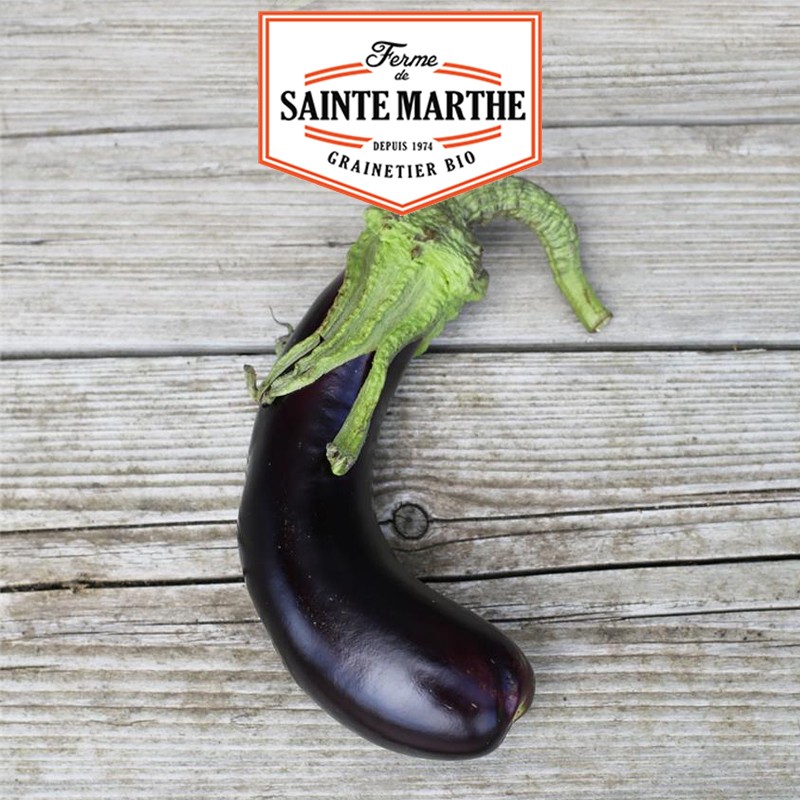Pineapple Tomato
Description
The pineapple tomato produces large fruits of 350 g very perfumed with the incomparable savour.
Its yellow to orange flesh is firm, dense, juicy and sweet.
It looks like a slice of pineapple.
Growing guide
Growing: sunny exposure. Regular watering.
Sowing: 1 cm deep, in a terrine. 8 weeks later, transplant at 45 cm between plants and 75 cm between rows then stake.
Emergence: in 8 to 10 days in soil at 18°C.
Density of plantation :
- In full champ 45x100 cm
- Under cover : 45x90 cm
- Open champ unplanted : 55x160 cm
Sowing and harvesting dates :
- Cold storage : Sowing from February to mid-March. Harvest : from June.
- Full champ sowing : March to May. Harvest: July to October.
Harvest: about 60 days after planting and extends to early fall.
Cultivation practice
The tomato belongs to the Solanaceae family.
Native to tropical countries and the foothills of the Andes (South America), the tomato has only been produced for 150 years for its fruit.
Sow in clods of 4x4 cm made of humid and humus-rich soil. 8 weeks later, transplant the seedlings by burying them 10 cm below the collar.
You will choose a sunny exposure to it, because it likes the light and the heat. You will thus support the development of secondary roots, known as adventitious.
Depending on the variety, you should install stakes before planting.
The tomato prefers light, loose and fresh soil.
A soil rich in potting soil gives the most beautiful fruits: so fertilize your soil in autumn.
Regular watering avoids blossom drop and, after fruit set, fruit breakage.
Think about it! Depending on the variety, you can prune the secondary stems or gourmands that form between the leaf axil and the main stem.
Determinate varieties only produce 4 or 5 flower clusters.
The sap goes essentially in these 4 to 5 clusters and not in the foliage. 8 to 10 weeks after planting you will harvest fruits until the first frost.
In associated cultures, in order to avoid the transmission of possible viruses, do not plant tomatoes next to legumes (beans and peas), red cabbage and fennel.
Its culture is "improved" by the companionship of dill, basil, mint or marigold plants.
In order to avoid the transmission of cryptogamic diseases (fungus) you can thin out the bottom of the plants, before the maturity of the 1st bunch and then every 15 days.
To fight against nematodes, plant marigolds and basil between your tomatoes.
In sheltered cultivation, the introduction of a bumblebee hive will ensure the pollination of the flowers.
Storage: for old varieties, to avoid that the tomatoes split, store them upside down.
From sowing to planting, it takes 8 to 9 weeks.
The advice and suggestions are given as an indication only and therefore do not guarantee a harvest.










![Ubbink - Système d'électrolyse au sel pour piscine - désinfectant [SUR COMMANDE]](https://static1.cultureindoor.com/53613/la-ferme-sainte-marthe-500-seeds-ab-red-arrowroot.jpg)
